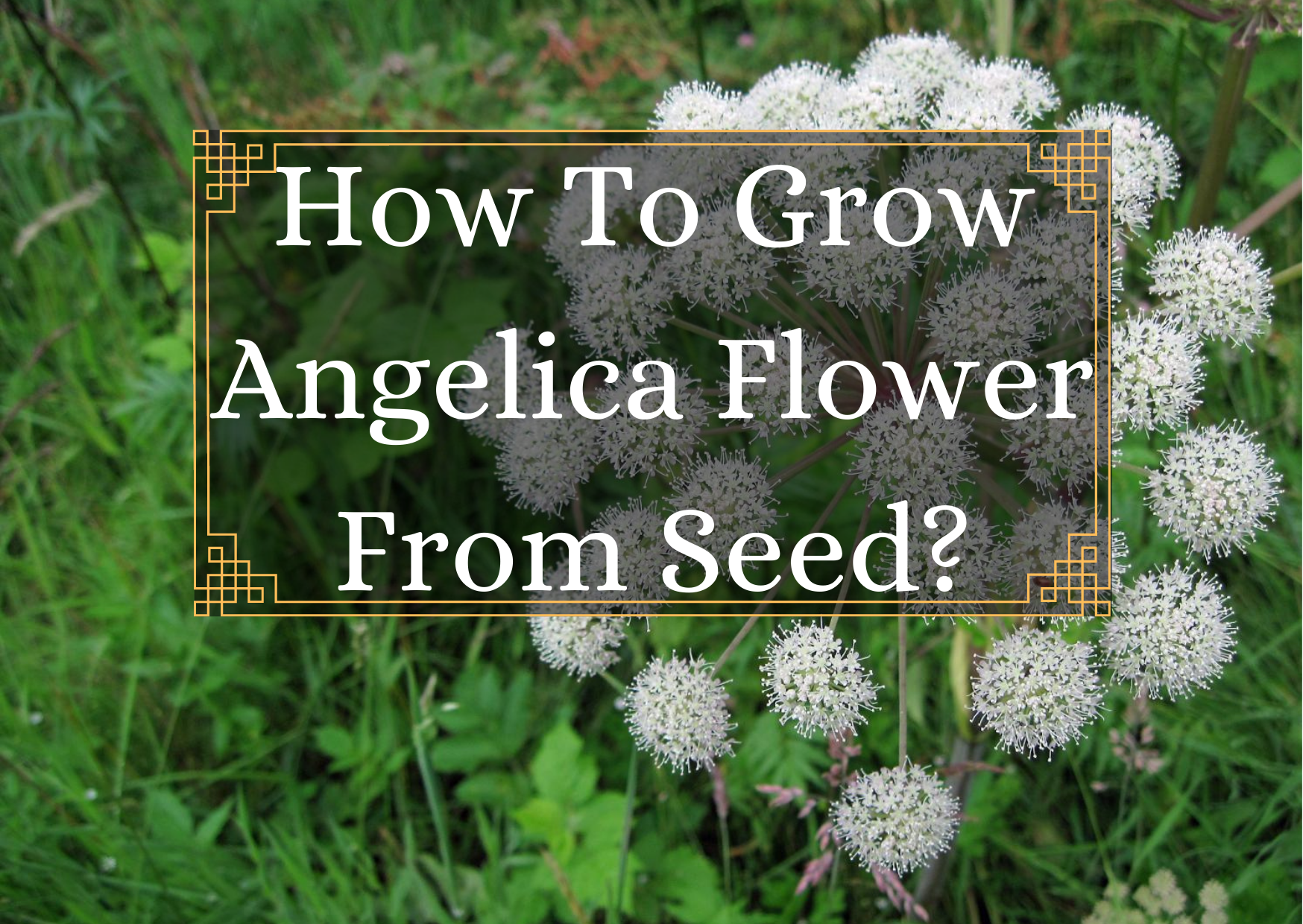Last Updated on June 29, 2022 by Real Men Sow
The majority of decorative angelicas are tall biennials with colossal, domed umbelliferous flowerheads and delicate seed pods. The ribbed, hollow stems are typically candied for use in baking and are flushed pink. Angelica makes a strong architectural statement as a plant, and it looks well amid grasses and flowering perennials at the back of a border or in a wild portion of the garden.
How Does Angelica Flower Smell Like
The flowers have an intense scent in all sections and have used for medical and culinary purposes. They attract pollinators, and birds eat their seeds, so it’s a wonderful choice for wildlife planting.
Best Place To Grow Angelica
Moist soil in partial shade, make sure to mulch yearly using well-rotted manure or compost.
How To Sow Angelica Flower Seeds
Sow seeds in modules or directly into the soil in the autumn or late spring. Because the seeds require light to germinate, sow them on the surface of the soil or compost. In the autumn of its second year, cut back the stems and dig up the plant, splitting the roots with a sharp knife. Repot these divisions into compost or directly into the soil where they will grow.
Harvesting Angelica
Pick tender young stems in Spring to create your own candy angelica.
Storing, Preparing And Using Angelica
Slice the stems into little lengths roughly 4 cm long, then blanch in a sugar syrup. Keep them in airtight jars after they have dried. Angelica seeds can be used to flavor liqueurs, and fresh stems are also a nice addition to stewed fruit.
Issues When Growing Angelica Flower
Slugs and snails love young seedlings and plants, thus you should protect as much as possible. In dry weather, plants are more prone to powdery mildew, so keep them properly watered. Aphids commonly congregate around flowerheads and you can hose them off if no helpful predators, like as ladybirds or their larvae, are present.
Angelica Varieties To Try
Archangelica
Large lime green flowerheads and seed pods contrast with pink-flushed stalks on this plant. The angelica plant, in all of its forms, are therapeutic and good to the stomach. Birds eat its seeds and its flowers attracts pollinators.
Gigas
Also known as Korean angelica, is a flowering plant that is often grown for its decorative features. It has the same architectural elements as Angelica archangelica, but the domed flower heads that bloom in late summer have a rich purple color. These flowers are exceptionally pollinator-friendly and make excellent cut flowers.
Sylvestris
A smaller and less striking wild variant. It has the same properties as the others.


